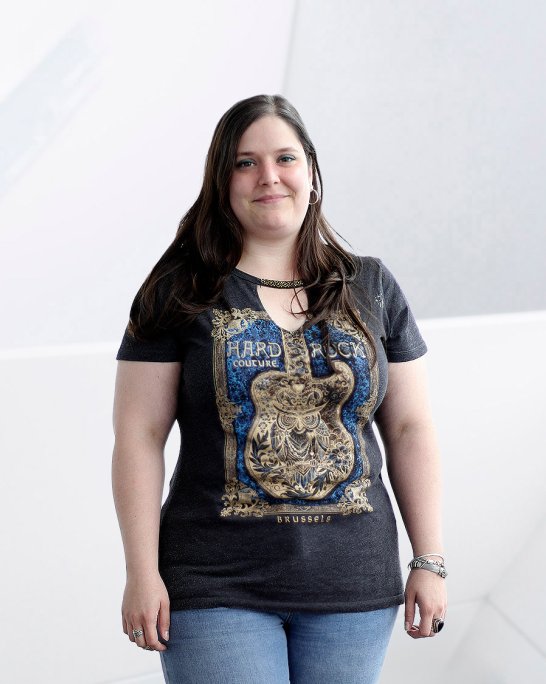A difficult start
After a few years working as a graphic designer, I reoriented myself towards the Internet by doing a webdesigner training. I learned the beginnings of integration as well as the use of Wordpress. Before jumping in, we still had a short introduction to CMS (Content Management System), including Magento, Joomla and Drupal. The demand for Wordpress sites and its popularity made it the main thing we studied. While doing my research, I found that Drupal was Belgian, open-source and well known for large-scale sites. Few people in the business are used to working with this tool and I wanted to add this string to my bow. So I looked for an agency specialized in Drupal to complete my training and I got in touch with WebstanZ.

During the internship I got there, I mainly did integration (css, js), the html having already been done by one of my expert colleagues. When I discovered the code provided by Drupal, I was a bit disappointed...
Indeed, Drupal provides a multitude of tags, even for the simplest structures. A lot of <div>, each defined by long classes. A lot of containers and too few semantic tags for my liking. A bit overwhelmed by the amount of information, I started by theming (mainly front-end work). Thanks to the support I received and the practice, I was able to be efficient after a few weeks of adaptation.
It quickly became necessary for me to handle some parts of the code myself, through site building (using the CMS features in order to build a website) and working on templates. Confused, I also had to lower my expectations when I saw the Drupal 7 interface, which was certainly outdated compared to the clean Wordpress back-office I was used to. How could I find my way in this maze of menus, anything but user-friendly? Slowly, I started to get used to it and above all, to learn. Unfortunately, two months of integration training are not enough to learn Drupal.

Drupal 8 : THE reference
After a brief work experience in the Big Data world, I had the opportunity to come back to work for WebstanZ, this time as an employee. I hadn't worked on Drupal in a year... I was already mentally preparing myself to go through those steps again to get used to the complexity of the CMS. I was not counting on Drupal 8, which has become the reference since I left the agency, when I was an intern there. Getting back into it was much easier, considering that this new version was much easier to learn. The difficulties came gradually, as I become more ambitious about what I wanted to achieve.
Drupal's logic is quite particular, which makes it more complicated to understand. However, once you get it, it definitely has its advantages. While Wordpress forces us to make complicated php loops for a simple list of all contents of a certain type, Drupal allows it in a few clicks thanks to the views. Moreover, when a Wordpress behavior is not native, it is often complicated to achieve it (possibly with the help of a paid plug-in) whereas Drupal has a (free) module that allows it. The Drupal community is very well developed, and someone has probably already had the same need as you and will have a solution for you. You need to do some specific development ? Twig templates are very easy to use, after some basic explanations, compared to the php templates of a Drupal 7 or Wordpress templates. I remember some colleagues pulling their hair out at the idea of making a multilingual Wordpress, while it only takes a few minutes with Drupal.
It is currently difficult for me to imagine switching to another CMS. I'm far from having finished learning all that Drupal has to offer, but it's these new perspectives that make my job more interesting.



